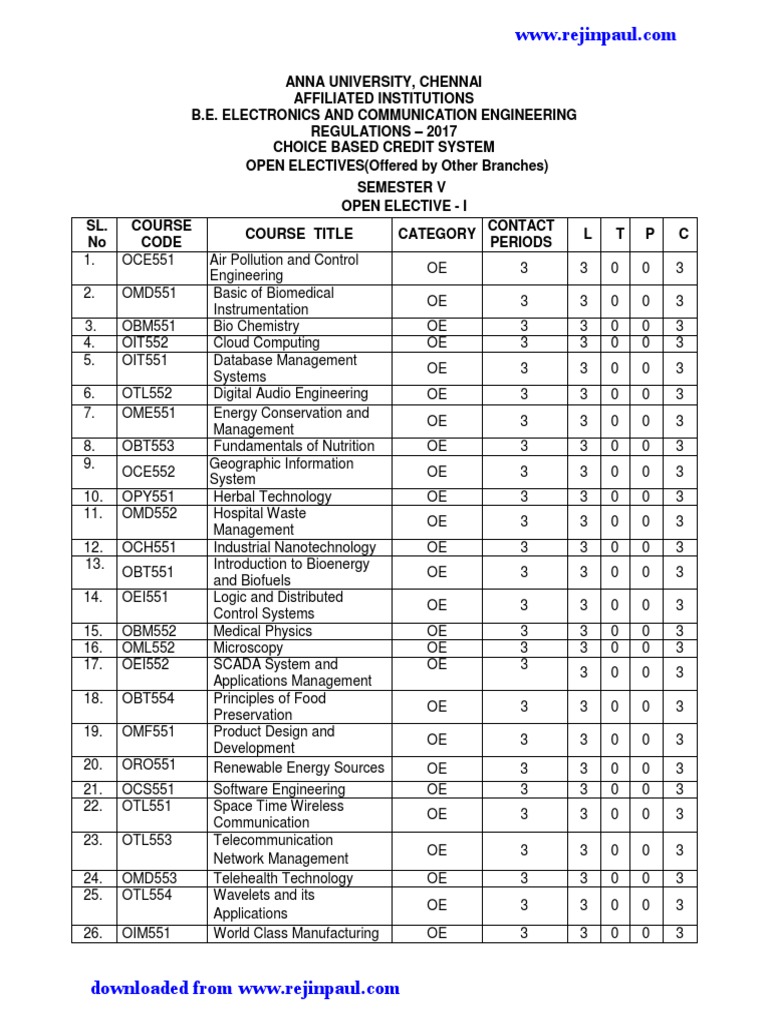In the intricate tapestry of technological education, the intersection of Electrical Engineering and Computer Science, often abbreviated as EECS, represents a sublime confluence of divergent yet inherently interwoven disciplines. This synthesis brings forth a unique intellectual landscape where the principles of circuitry fuse with the elegant abstractions of algorithms, crafting an academic arena replete with unprecedented possibilities.
As we delve into the historical realms of this dual discipline, it becomes evident that the architectural framework of EECS is reminiscent of an ancient Roman aqueduct: both a feat of engineering and a conduit for the flow of knowledge. The foundations lay deeply entrenched in the annals of innovation, where the electrical marvels of yore—think of the incandescent light bulb or early radio transmissions—set the stage for the advent of digital telecommunications and computing. Each breakthrough echoes like ripples across a tranquil pond, gradually expanding into broader applications that fundamentally reshape society.
Consider the role of electricity, akin to the vital lifeblood coursing through the veins of technology. In the 19th century, pioneers such as Michael Faraday and Nikola Tesla ignited the fervor of innovation, harnessing electromagnetic principles that would ultimately facilitate the development of modern computing systems. Faraday’s meticulous experiments laid the groundwork for a deeper understanding of electromagnetic fields, while Tesla’s visionary insights into alternating current propelled the electrification of entire regions. Here, the groundwork for EECS was meticulously etched into the fabric of technological advancement.
Programming languages emerged as the linguistic embodiment of this era’s evolution, giving birth to a unique dialect that allowed engineers and computer scientists to articulate complex phenomena with clarity and precision. From Ada Lovelace’s pioneering algorithms to the widespread adoption of languages like C and Java, this period encapsulated a profound transformation in human thought. Programming became not merely a technical skill but a manifestation of creative problem-solving—a cryptic art that bridges the tangible with the abstract.
At this juncture, a discussion of the pedagogical approach within EECS delineates the unique appeal of this field. The curriculum traditionally mirrors a dual-circuit board: one side pulsates with the rigorous analysis of electronic circuits, signal processing, and embedded systems, while the other thrives in algorithm design, data structures, and artificial intelligence. This duality fosters an educational environment wherein students are not only prepared to tackle complex technical challenges but are also trained to innovate, bringing forth pioneering solutions to contemporary problems.
The synthesis of these disciplines has given rise to a plethora of applications that touch the very fabric of modern existence. The world of telecommunications, for instance, is a grand tapestry woven from the threads of electrical engineering and computer science. The 5G revolution serves as a prime exemplar, where meticulous engineering coalesces with advanced computational techniques to foster unprecedented connectivity. The implications of such advancements echo through society, impacting everything from smart cities to autonomous vehicles, underscoring the essential nature of a multidisciplinary approach.
Moreover, fundamental to the essence of EECS is the ethos of collaboration, akin to the harmonious ensemble of a symphony orchestra. It is within this collaborative nexus that scholars, researchers, and practitioners exchange ideas, thrashed through intellectual discourses that often lead to groundbreaking advancements. Groups engaged in research on machine learning algorithms, for example, draw upon principles from neural networks as they endeavor to unravel the complexities of data processing. This interdisciplinary synergy propels the boundaries of knowledge and fosters an environment where innovation thrives.
Yet, amidst the luminescent glow of technological progress, it is crucial to remain vigilant regarding the ethical considerations that permeate this field. The advent of artificial intelligence brings forth nuanced discussions encompassing privacy, security, and the broader societal impacts of automation. Hence, the educational framework of EECS must incorporate these dimensions, cultivating not just adept engineers and computer scientists, but responsible innovators who ponder the implications of their creations. This mindfulness is tantamount to the compass guiding one through uncharted waters.
Reflecting on the historical trajectory of EECS, one can observe cyclical patterns reminiscent of the scientific method: hypothesis, experimentation, observation, and conclusion. Each iteration has engendered a deeper understanding, paving the way for subsequent advancements. The development of quantum computing, for instance, embodies this notion; poised to redefine computational paradigms, it is the culmination of decades of research that straddles the realms of physics and computer science—an elegant testimony to the interconnectedness of all scientific disciplines.
In conclusion, the edifice of EECS rests on a bedrock of historical intricacies, pioneering innovation, and an unwavering commitment to ethical responsibility. This dynamic fusion of electrical engineering and computer science stands as a testament to humankind’s relentless pursuit of knowledge and ingenuity. The future is rife with possibilities, beckoning inquisitive minds to traverse this complex yet rewarding path. Just as the ancients looked to the stars for guidance, so too must we aspire to explore the realms uncultivated by human intellect, sculpting the future of technology in harmony with the world we inhabit.












